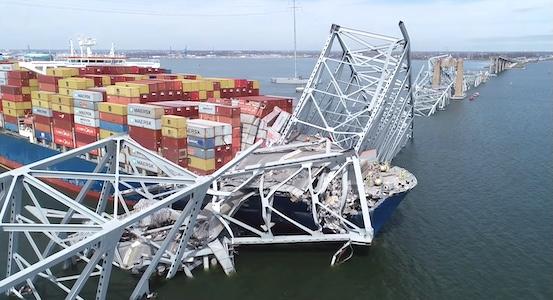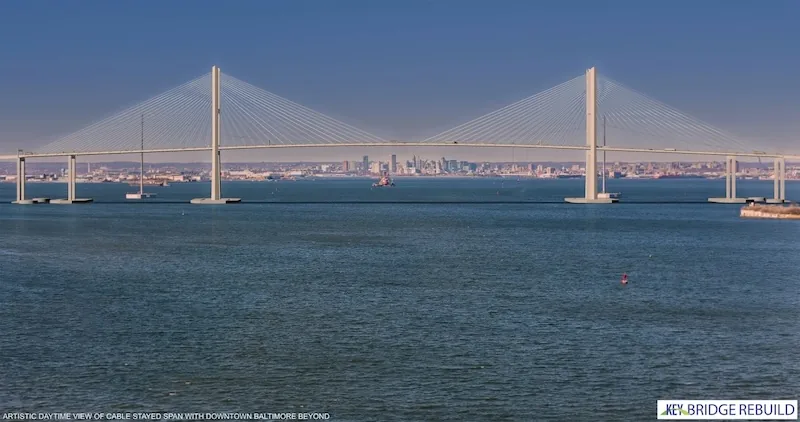
Measuring Traffic
February 28, 2025
Findings and Recommendations
March 31, 2025
Aftermath
A year ago today, a 984-foot container ship lost power and hit one of the piers of the Francis Scott Key Bridge near Baltimore. The bridge collapsed. Six people died as a result, millions of dollars were lost, and traffic on the exceptionally busy I-95 corridor was disrupted.
“The port handled more than 444,000 passengers, 52.3 million tons of foreign cargo valued at $80 billion in 2023,” Wikipedia tells us, “and was the leading U.S. port for automobiles and light trucks for the preceding 13 consecutive years (with more than 847,000 vehicles in 2023). It also employed 15,000 people and indirectly supported 140,000 others.”
The Key Bridge’s return to assisting traffic flow and commerce has been understandably erratic. Part of the problem was from the accident’s ship and bridge debris that twisted and sunk, blocking clear, safe passage of other ships through the channel. That passage was cleared 11 weeks after the accident.
Without a bridge in place, vehicles ⏤ carrying commuters, residents, business owners, and workers ⏤ north and south of the bridge have needed to take alternate routes, which increases traffic on those arteries.
And the new replacement bridge? It’s slated to be completed in 2028 at a (currently estimated) cost of $1.7 billion, slated for coverage in its entirety by the federal government.

Keying into a new bridge.
Officials, residents, business owners and employees, and those just passing through hope for a safer bridge. And that’s the plan.
The pride of place is palpable. Here’s Maryland Gov. Wes Moore: “Maryland is a bridge between America and the rest of the world. We get cars from Michigan out to market. We bring sugars and spices to Louisiana. We haul farm equipment from the East Coast deep into the heartland. Commerce and trade are the bedrock of our state, and we will continue to make investments that honor our tradition.”
